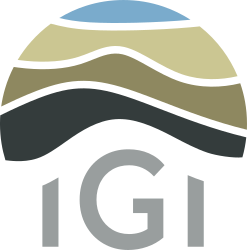Metis 101: Discover
Merging with staging sends data from the project, stored locally, to the Metis staging database. Once present in the Metis staging database the data can be accessed by anyone in an organisation as long as they have the appropriate security access.
By following the Metis 101 guide you should have uploaded a single well, named Welly, with a small amount of geochemistry data. As a result, the map based view of Discover should show this solitary well located around Bideford in the UK.
Metis Discover is used to explore and export data, while finding data in a tiny database is trivial; Metis is designed to manage and store the data for tens of thousands of wells and hundreds of thousands of samples. With larger datasets wells are clustered and represented by triangles whereas non-well locations are represented by circles.
There are two primary ways data can be found using Discover. The first is using the spatial selection tool to draw a polygon.

Once the results of the query are returned, the map will zoom to all the selected data. For the single well "Welly" you'll get a birds-eye view of Bideford.
We can run the equivalent query using by adding data expressions:

Using data expressions it is possible to query using any property in the IGI data model. Once a valid query has been executed, Discover allows users to export up-to 20,000 samples. All of the data for each sample is exported as a .zip file. The .zip file contains .csv file of the data and a linking file to bring it easily back into p:IGI+ and Transform.
In conclusion, this Metis 101 guide has stepped through the process of importing, merging, uploading and exploring data. For further information, please refer to the Metis Transform User Guide and the Metis Discover User Guide which go in further detail.
© 2026 Integrated Geochemical Interpretation Ltd. All rights reserved.
